Inevitable trend
According to Mr. Phan Trong Hai - Vice Principal of Nguyen Hue High School (Vinh Long), information technology helps to transform working methods from manual and complicated to modern and scientific, contributing to improving the quality of sustainable education .
Instead of storing thousands of pages of documents, all evidence and reports are digitized and stored on the database system. From there, searching, looking up, and comparing information is quick and easy with just a few clicks. When evidence is encoded, scientifically arranged, and linked to specific criteria and standards, the external assessment team can easily access, check, and verify the information.
Specialized software can automatically collect data, synthesize and create self-assessment reports according to the form prescribed by the Ministry of Education and Training ; thereby, minimizing errors and saving significant time. Management platforms allow for the assignment of tasks, monitoring of progress and interaction between members of the self-assessment council in a scientific and effective manner. The results of the inspection and self-assessment reports are made public, making it easy for society, parents and learners to access and monitor.
Mr. Hai said that currently, the management staff, teachers and staff of Nguyen Hue High School are applying information technology quite well. The school digitizes most of the records according to regulations. However, the data is stored on many different software, which is still fragmented. The difficulty in this work is mainly due to the cost of operating the software; the inspection software is not yet connected, so it is necessary to manually transfer data from the storage software to the quality inspection software.
Mr. Nguyen Van Hoang - Principal of Nguyen Hue High School (Hung Yen) said that quality assessment requires a lot of evidence, data, reports, etc.; doing it manually takes a lot of time, wastes resources, is prone to errors, and is difficult to ensure transparency. Applying information technology helps digitize the entire process, from storing evidence, building self-assessment reports, to managing the assessment database.
This creates unity and convenience for monitoring and information retrieval, enhancing transparency and objectivity; at the same time, opening up the possibility of synchronous data connection from school level to ministry level, forming a modern management system, serving quick and accurate decision making.
Many educational institutions have initially deployed information technology in accreditation: Records and evidence are digitized; some accreditation management software is used. However, according to Mr. Nguyen Van Hoang, the deployment is still localized, lacking synchronization between units, and there is no common software for the whole country.
Notable difficulties and limitations include: Many schools, especially in remote areas, lack equipment and have unstable internet connections. Many officials, teachers and staff working in accreditation are not proficient in digital skills and are still confused in exploiting software and information technology tools.
The software and data systems lack a common platform that unifies the entire industry; many places have to develop or use different software, making it difficult to share data, cross-check and evaluate overall. Investment in information technology for accreditation is limited, mainly based on school budgets, not enough for synchronous upgrading.
Regarding the school's beginning to apply information technology in accreditation (building an electronic evidence warehouse, creating self-assessment reports on software), Mr. Nguyen Mai Trong - Principal of A Xing Primary & Secondary School (Lia commune, Quang Tri) also mentioned similar difficulties.
Accordingly, the technical infrastructure is not synchronized, the transmission line is weak, the equipment is limited, especially in difficult areas. Lacking specialized unified software, the school has to do it manually or use non-standardized tools (Google Drive, Excel...). The IT capacity of the team is limited, lacking the skills to manage electronic evidence. The volume of data is large, digitizing and classifying evidence is time-consuming and prone to errors.
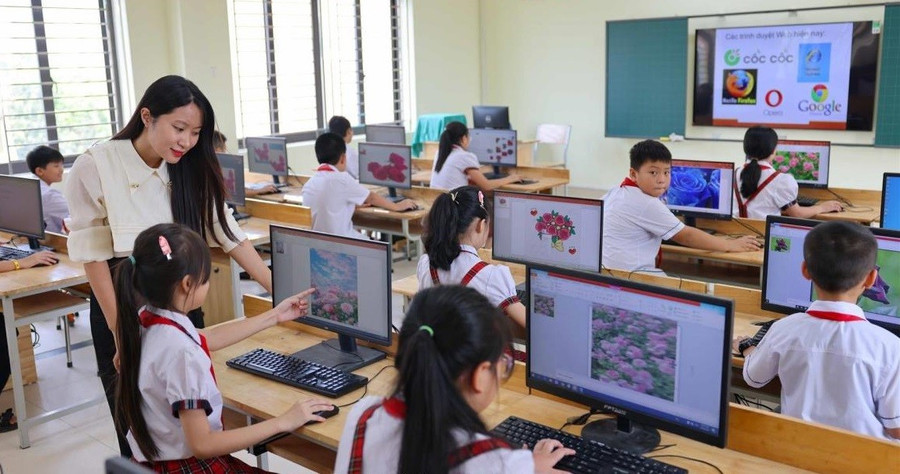
Synchronized solution
To effectively apply information technology in educational quality assessment, Mr. Nguyen Van Hoang said that the Ministry of Education and Training should soon issue and deploy a software for managing educational quality assessment for the whole country. This software must be open, easy to use, highly secure, and capable of connecting data between levels.
Prioritize upgrading Internet lines, computer equipment, servers, especially supporting schools in difficult areas to ensure that all educational institutions have the conditions to implement. The State needs to have a specific source of funding to invest in information technology for inspection, while at the same time encouraging socialization and mobilizing resources from organizations and businesses.
The principal of Nguyen Hue High School also emphasized the need to innovate management and assessment methods, gradually replacing paper storage with electronic databases; implementing online assessment, remote monitoring, increasing transparency and saving costs.
Organize intensive training courses for managers, teachers and staff in charge of accreditation to improve their skills in using information technology and effectively exploiting software. Create a forum for exchange and sharing between educational institutions that have successfully implemented digital accreditation models, replicate typical examples and support units that are still facing difficulties.
“The Ministry of Education and Training should soon include the application of information technology in quality assessment in the National Digital Transformation Strategy for Education; have specific support mechanisms for educational institutions, especially in rural and mountainous areas; and at the same time, build a permanent technical support team to ensure that the implementation process is not interrupted,” Mr. Hoang recommended.
From the reality of schools in difficult areas, Principal Nguyen Mai Trong said that it is necessary to increase investment in infrastructure and information technology equipment, ensure a stable network, and have a server to store inspection data. Build unified software for evidence management and inspection at the department or commune level, and connect data between schools.
Provide training and foster IT skills and inspection skills for responsible officers. Encourage experience sharing between schools, enhance evaluation and recognition of typical electronic quality inspection models, and motivate educational institutions to implement them.
Mr. Nguyen Mai Trong stated his opinion: “Education quality assessment requires processing large amounts of data from multiple sources and is complex. Applying information technology helps automate, digitize, and standardize processes, contributing to increasing objectivity, transparency, and efficiency; storing and retrieving evidence quickly, avoiding loss and duplication. This helps schools easily update and share evidence online with external assessment teams, improving school management capacity.”
Source: https://giaoducthoidai.vn/huong-toi-minh-bach-ben-vung-kiem-dinh-chat-luong-giao-duc-post751859.html



![[Photo] General Secretary attends the parade to celebrate the 80th anniversary of the founding of the Korean Workers' Party](https://vphoto.vietnam.vn/thumb/1200x675/vietnam/resource/IMAGE/2025/10/11/1760150039564_vna-potal-tong-bi-thu-du-le-duyet-binh-ky-niem-80-nam-thanh-lap-dang-lao-dong-trieu-tien-8331994-jpg.webp)

![[Photo] Ho Chi Minh City is brilliant with flags and flowers on the eve of the 1st Party Congress, term 2025-2030](https://vphoto.vietnam.vn/thumb/1200x675/vietnam/resource/IMAGE/2025/10/10/1760102923219_ndo_br_thiet-ke-chua-co-ten-43-png.webp)

![[Photo] Opening of the World Cultural Festival in Hanoi](https://vphoto.vietnam.vn/thumb/1200x675/vietnam/resource/IMAGE/2025/10/10/1760113426728_ndo_br_lehoi-khaimac-jpg.webp)
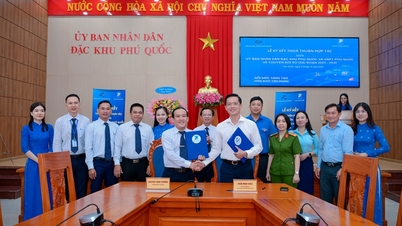

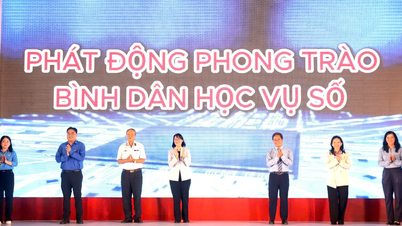

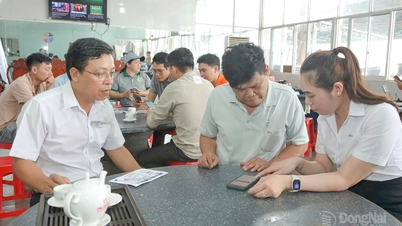

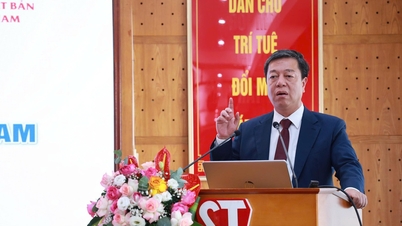

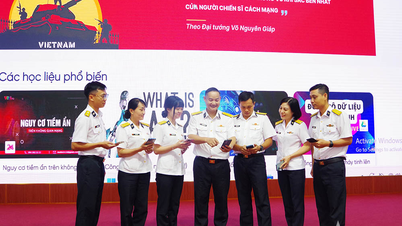

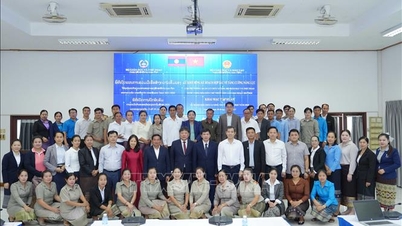

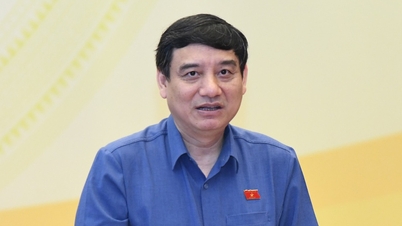













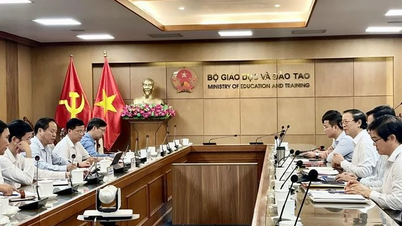


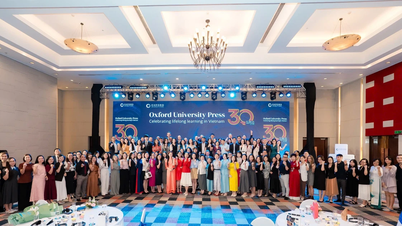






































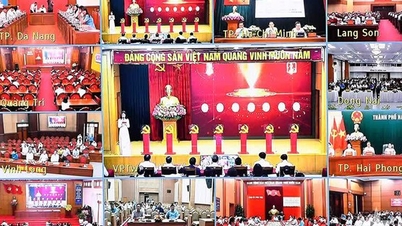




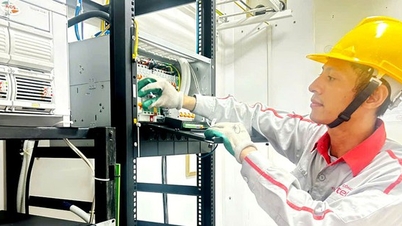
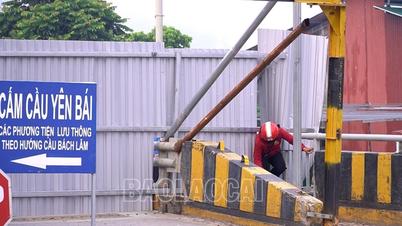

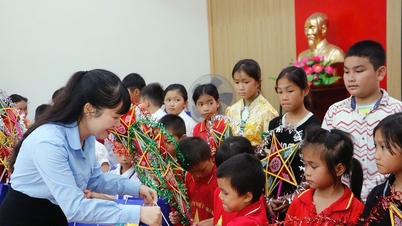

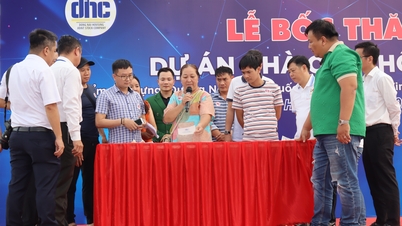

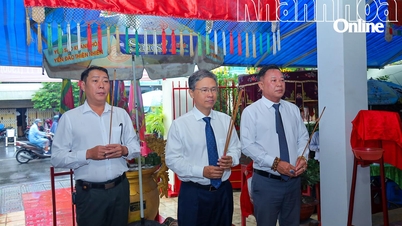















Comment (0)